Ask anyone in India—or honestly, even most folks abroad—where the country’s movie magic happens, and chances are, one city comes to mind instantly: Mumbai. But here’s the kicker. For a place with more languages, cuisines, and cultures than some continents, pinning down a single ‘film capital’ might sound impossible, right? Still, if you follow the clatter of clapperboards, the chaos of film sets, and the endless line of hopefuls chasing a moment on screen, you’ll end up in the heart of Mumbai. It’s not just about the statuesque film stars and the glitzy premieres. Mumbai’s grip on Indian cinema has stories that span decades, magical moments burned into celluloid, and secrets you might not find in any official guidebook.
Why Mumbai Rules India’s Silver Screen
Mumbai isn’t just India’s film hub—it’s the world’s. Seriously. Bollywood, headquartered right here, cranks out more films in a year than Hollywood (check the number: somewhere between 1,500-2,000 films annually, counting across all Indian languages, but Hindi cinema alone dominates out of Mumbai). This city’s relationship with cinema started in the late 19th century when the Lumière Brothers’ films were unveiled at Watson Hotel. Real movie-making kicked off when Dadasaheb Phalke released India’s first full-length feature, "Raja Harishchandra," in 1913—shot and processed in Mumbai. Since then, the city’s studios, like Film City in Goregaon and Yash Raj Studios, have become as much a tourist draw as the Gateway of India.
Mumbai didn’t just happen upon this fame—it fought tooth and nail for it. Its railway lines, massive studios, round-the-clock energy, and even the local trains pushing out throngs of strugglers every day, have shaped the Indian film dream. When film historian Rachel Dwyer said,
"Mumbai is not just the seat of Hindi cinema, it is its soul and heartbeat,"she wasn’t exaggerating. The city became the magnet for aspiring directors, songwriters, costume designers, and more. Old neighborhoods like Bandra or Versova are dotted with homes where legendary scripts were written (or starry-eyed arrivals camped out with dreams bigger than their pockets).
The sheer scale of Mumbai’s film machinery is gobsmacking. According to a report from FICCI-EY in 2023, Bollywood alone contributed almost ₹6,000 crore (about $720 million) to India’s revenue that year, with films like "Pathaan" and "Jawan" smashing box office records globally. Movies wrapped up in Mumbai don’t just end up in Indian theatres. They travel everywhere—from Tokyo to Toronto. The city’s film infrastructure dwarfs the rest: over a hundred shooting floors, dozens of post-production houses, even specialized training and stunt schools.
Mumbai even sets trends that echo through smaller film hubs—from Chennai’s Kollywood to Hyderabad’s Tollywood. Fashion, slang, dance steps, memes—if it hits big onscreen in Mumbai, it scatters across India at lightning speed. Think of iconic songs like "Chaiyya Chaiyya" shot on a running train, or the multi-generational following for "Sholay"—these magic moments have Mumbai written all over them.
It’s not all stardust, though. The film capital hosts some tough realities. Tens of thousands of hopefuls flock here every year, eyes sparkling with dreams of stardom, only to find fierce competition and long odds. Yet, this struggle and survival story become part of the movies themselves, adding layers you won’t find anywhere else. Want a peek at Mumbai’s movie engine in numbers? Check out this table:
| Stat | Number |
|---|---|
| Bollywood Films Produced Annually | ~1,100 |
| Total Indian Films Produced in Mumbai (across languages) | ~1,500+ |
| Revenue from Bollywood (2023) | ₹6,000 crore |
| Active Film Studios | 100+ |
| Jobs Directly Linked to Film Industry | Over 300,000 |
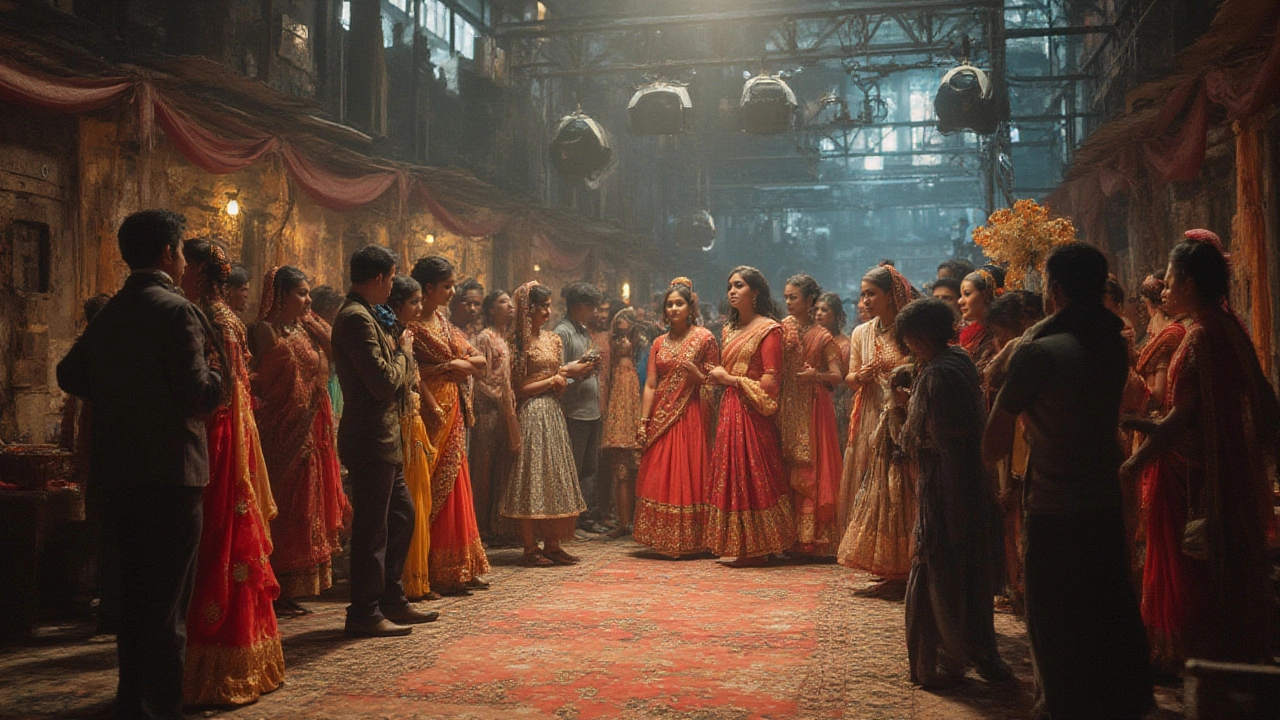
What Sets Mumbai Apart from India’s Other Film Hotspots?
There’s no shortage of movie capitals in India. Chennai, Hyderabad, and Kolkata each have their own mighty film cultures, producing some of the country’s most-loved movies and superstars. So what tilts the scales for Mumbai? First, let’s talk language. Hindi cinema sweeps through the homes and conversations of much of the country. While regional industries have huge followings, Bollywood’s reach and Mumbai’s strategic placement as a finance and culture powerhouse give it a crazy advantage.
Then there’s the Bollywood ecosystem itself. Whether it’s the trusted halls of Prithvi Theatre, or the bustling casting agencies in Andheri, Mumbai is the cradle of every film discipline. Choreography, makeup, camera work, editing—almost every specialization teaches and learns here. There’s a reason aspiring film folk, from Kashmir to Kanyakumari, save up for a one-way ticket to this city.
But wait, Mumbai isn’t all business. It’s the engine of dreams. The city holds onto the ‘struggler’ culture like a badge of honor—almost everyone connected to films here has a personal “came to Mumbai with 500 rupees and a suitcase” story. The competition is fierce, but nobody denies that Mumbai rewards grit and hustle. You’ll find street plays next to star-studded premieres, but both spaces nurture raw talent, sometimes on the very same day.
Ever wonder where all the street-side vada pav sellers know Bollywood gossip before you do? The city is alive with rumors, insider tales, and old film set stories. You could be eating pav bhaji at Chowpatty next to a minor celebrity, or riding the Metro with a now-famous singer who once auditioned seventeen times at Film City. Mumbai’s blending of old wealth, gritty newcomers, and creative anarchy within a few square miles is something no other city has been able to quite replicate.
Culturally, too, Mumbai’s cinema spills out onto the streets. Film posters hand-painted on peeling walls, statues of famous actors, and heritage walks that take visitors through ’50s and ’60s shooting locations—the city holds nostalgia close even when it’s racing ahead to the next blockbuster. Film festivals like MAMI (Mumbai Academy of Moving Image) draw both new filmmakers and global icons, cementing the city’s rep as not just commercial, but also fiercely artistic.
Here’s a quick tip for anyone visiting Mumbai hoping for their own taste of the film capital: skip just the guided studio tours. Take the locals’ route. Catch a movie at a single-screen theater like Regal or Liberty, eavesdrop on casting calls at Bandstand, or simply stroll through Juhu and see film history written on the old bungalows, often still owned by cinema dynasties. These walks are where you’ll see the city’s film spirit up close—loud, scrappy, and impossible to ignore.
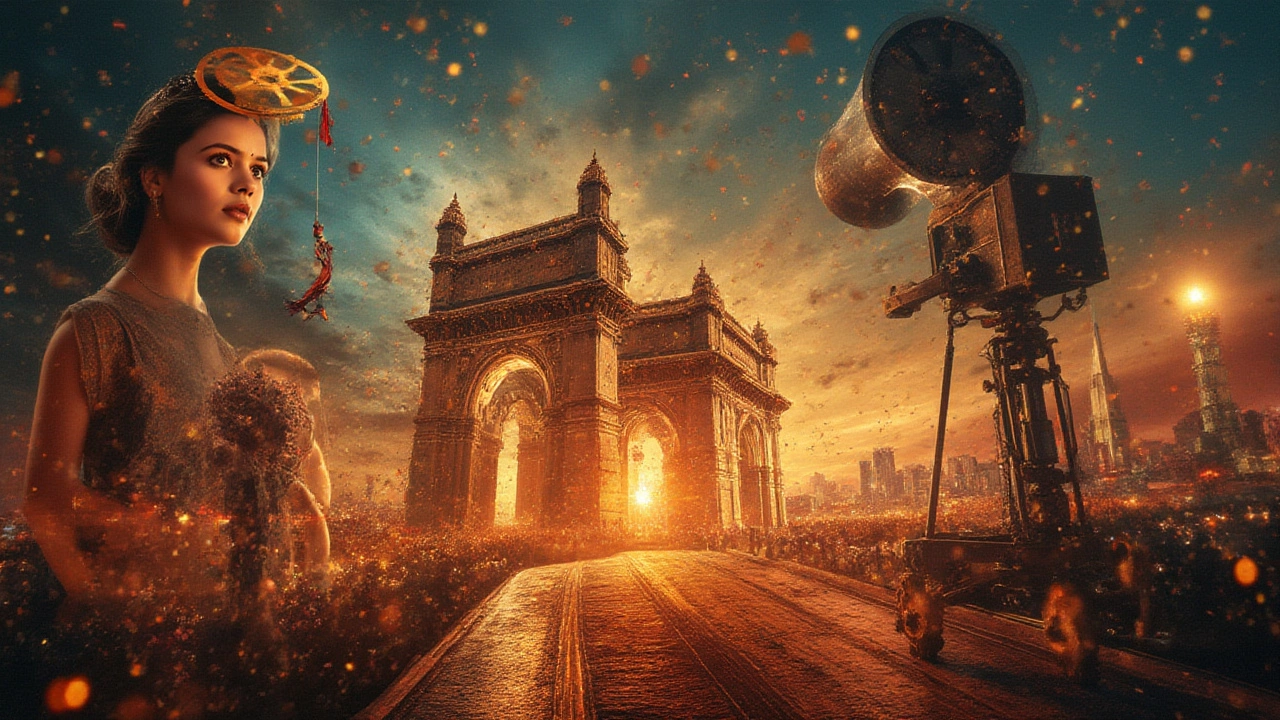
Tips for Exploring Mumbai’s Film Culture Like an Insider
Getting the real Mumbai film capital experience isn’t about doing what tourists do. You’ve got to dig deeper, be curious, and listen to the city’s rhythm—because around every corner, some slice of Bollywood is happening, sometimes on purpose, sometimes on accident.
- Start early at Film City: Morning shoots are when the magic happens and the coffee is strong. Try to spot the sets changing—today it might be an airport scene, tomorrow a village square.
- Walk Bandra’s ‘Star Streets’: Carter Road and Bandstand aren’t just great for sea views—they’re dotted with actors’ homes. You’ll often see paparazzi parked outside Shah Rukh Khan’s ‘Mannat’.
- Eat at Irani Cafés: These hangouts have seen old-timey script readings and rehearsals. Places like Leopold Café or Kyani & Co. are still packed with TV writers discussing ideas over chai.
- Find the Theatre Crowd: Lovers of acting and theater swear by Prithvi Theatre and NCPA. You’ll catch raw, future film talent and pick up stories you won’t hear anywhere else.
- Join a Heritage Film Walk: There are guided tours that cover Art Deco cinemas, hand-painted posters, even the back alleys where classic chase scenes were filmed during the ‘70s and ‘80s.
- Hunt for Iconic Film Locations: Always dreamt of dancing in the rain like "Kuch Kuch Hota Hai”? Take a local train to Aksa Beach. Want to re-live “Munna Bhai MBBS”? The hospital is real—visit Grant Medical College.
- Cinema at Midnight: There’s nothing like catching a Bollywood film surrounded by fans who whistle, clap, and even shout back at the screen. Some single-screen cinemas still offer those vintage vibes.
One thing is crystal clear—no other city in India mixes glitz and grit, chaos and creativity like Mumbai. It’s where every fourth person on the street is either shooting a video, writing a song, or knows someone who is part of the next big Bollywood movie. While other cities give strong competition and their own sparkle, Mumbai’s standing as the film capital of India is truly earned—by its never-say-die spirit, its unmatched history, and its emotional relationship with movies that you feel in your bones, not just on the screen.
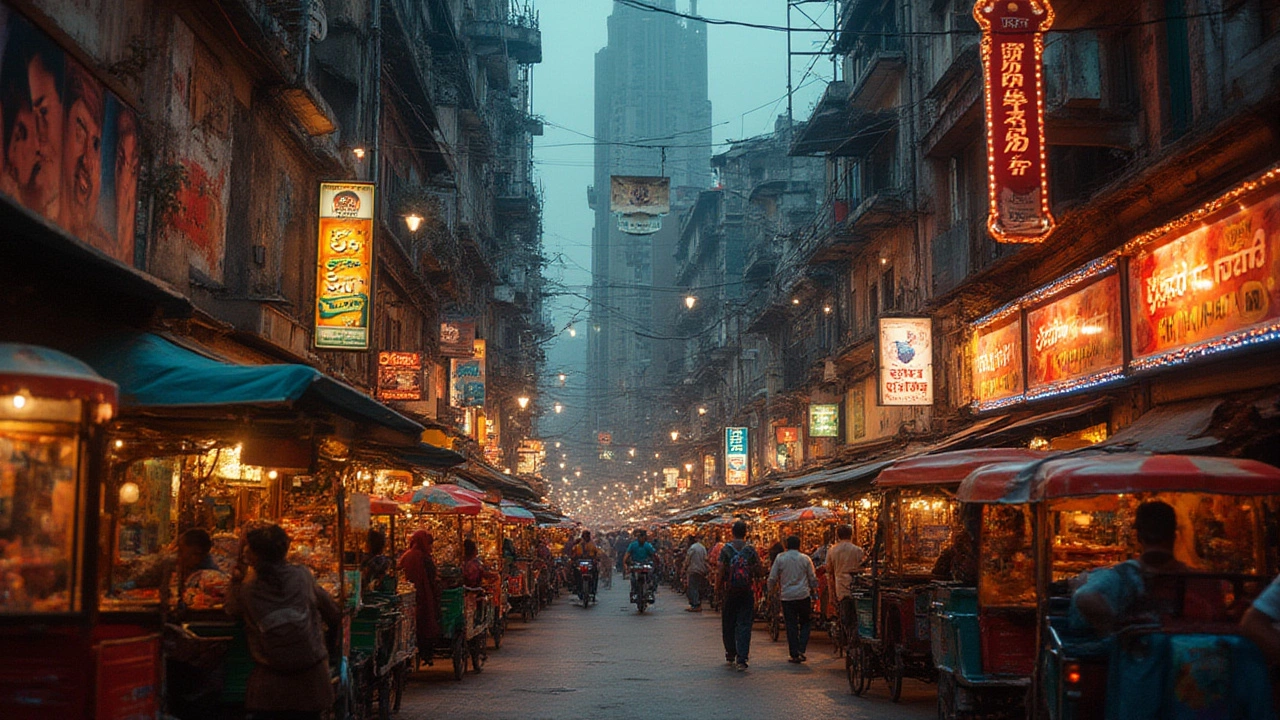

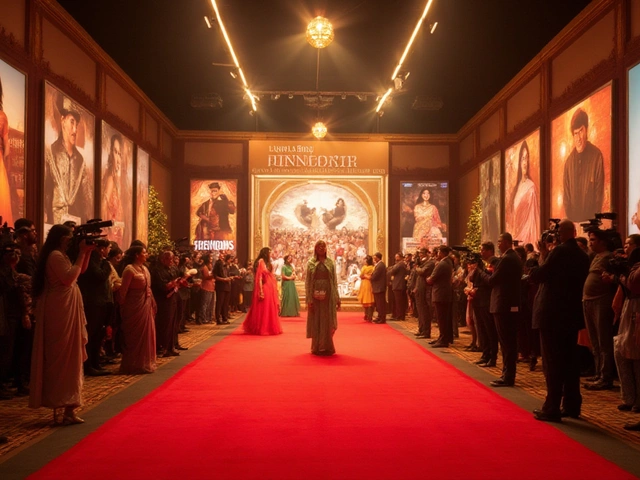
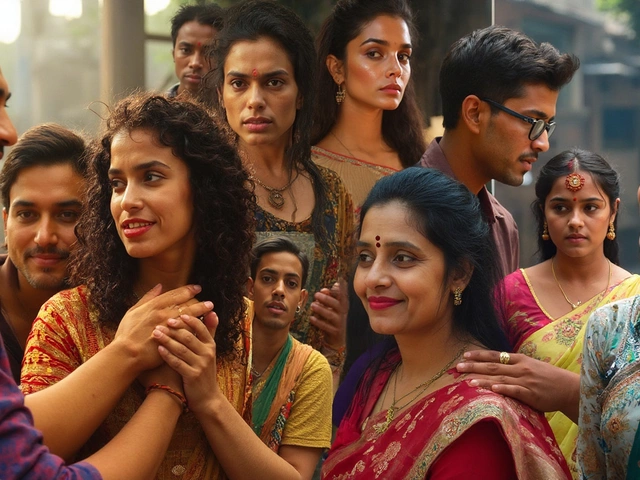
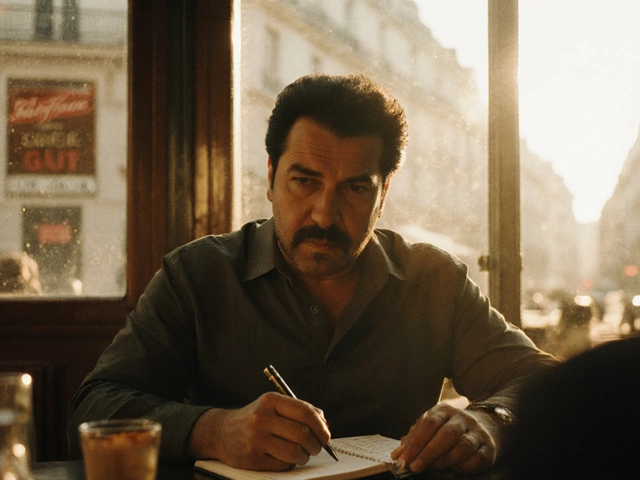
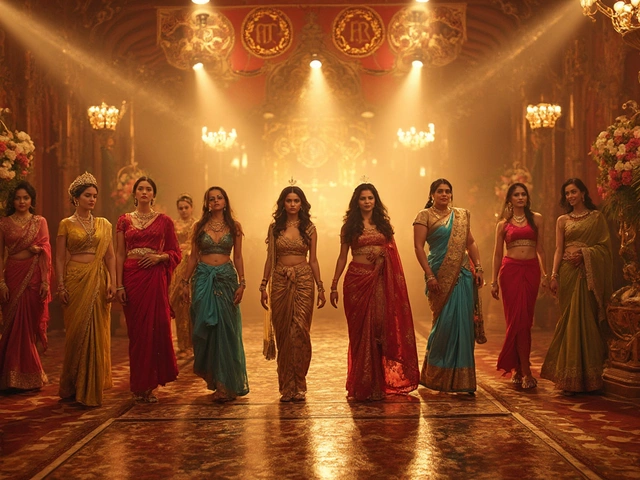
Post A Comment